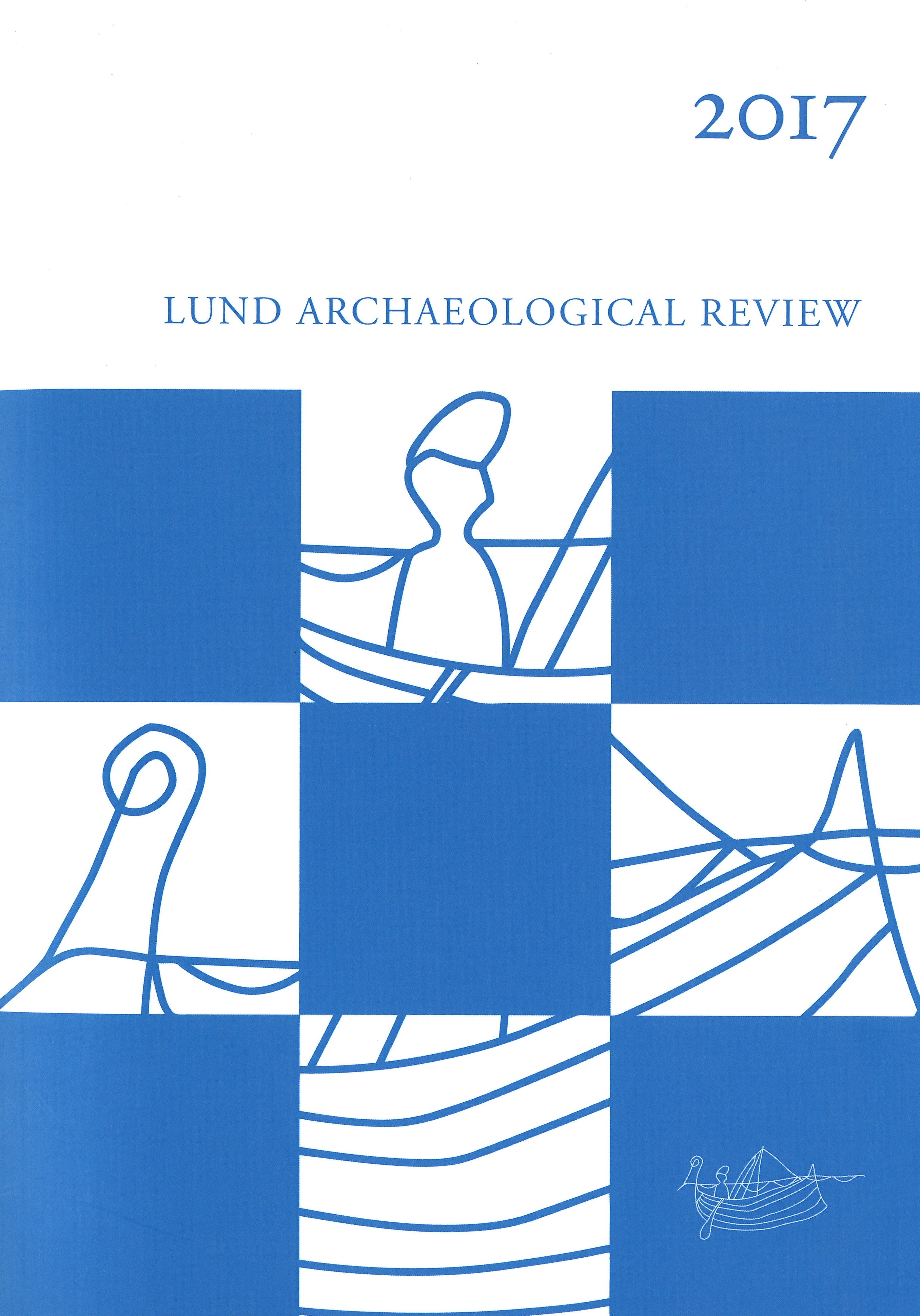Hemse Stave Church Revisited
Abstract
During a restoration of the Romanesque church in Hemse in 1896, the remains of a stave church were found as reused floor tiles. The discovery was important at the time, providing new information to a prestigious research field with few sources of knowledge. Today, the remains of Hemse are esoteric and inaccessible for scholarship. The stave church material in the present museum context seems to have one function, to communicate an age value. The leading question in this article is, what more could we retrieve from this old archaeological material? We may agree that the museum’s archaeological collections and the stave church remains are valuable sources, but for what new kind of knowledge?
This article presents the process and outcome of an in-depth examination of the material remains and archival records of Hemse stave church. The aim is to develop or revise how this wooden church may have been constructed and appeared both outside and inside when it functioned as a building. The research method uses three perspectives that give access to different paths of knowledge: a discursive perspective, a forensic perspective, and a dwelling perspective.
The research results are contextualized in an interactive model of Hemse that provides a visual experience that gives a sense of the stave church as a real place and not just a theoretical space. The results are grounded on empirical evidence but also on the intellectual discourse of which it is a product. The reconstruction is less of a static representation of our knowledge than a simulation or a research laboratory through which hypotheses can be tried and both researchers and the public can be engaged in a dialogue.


